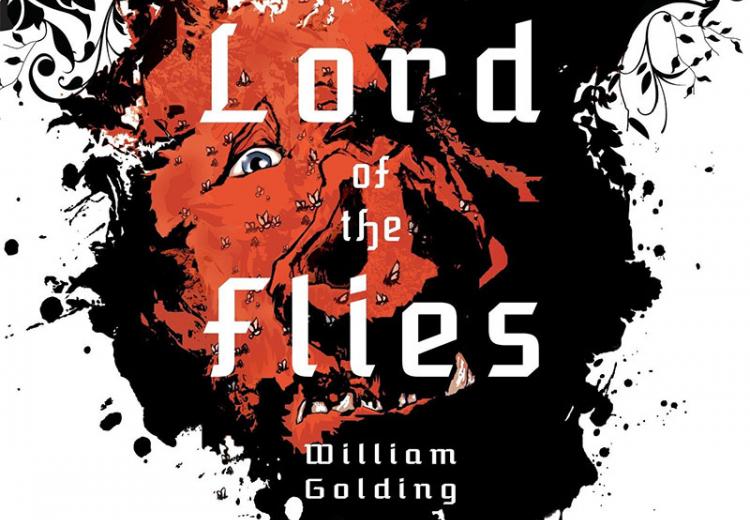Lesson 1: Characterization in Lord of the Flies

Lord of the Flies by William Golding.
In this lesson, students focus on both direct and indirect characterization in Lord of the Flies. Golding includes direct characterization by stating what he wants the reader to know and indirect characterization by expecting the reader to infer information about these characters from the text.
An unspecified number of boys are stranded on Golding’s island; some remain fairly faceless while four emerge with crystal clarity. Ralph, undeniably a “good kid”, is the protagonist who gets a leadership role. He is ultimately unable to fulfill this vocation and nearly loses his life at the end. Jack, the main antagonist and a rival to Ralph, exudes frustration and a desire to control his fellow castaways. Piggy, who becomes a friend to Ralph, is overweight, asthmatic, with weak vision, and is an immediate victim of teasing; however, when rescue finally arrives, it is too late for Piggy. Simon has a condition that results in seizures; helpful by nature but also independent and a loner, he suffers a terrible death at the hands of the others.
Several of the minor characters display noteworthy characteristics that are sure to pique student interest. Roger, at first in the background, emerges as a sadist. Sam and Eric, indistinguishable and inseparable twins, demonstrate the helplessness characteristic of the group as a whole. Percival, young and terrified, exemplifies the situation of all of the “littluns,” as does the boy with a birthmark, who disappears.
To complete this lesson, students need to have read the entire novel. Part of a three lesson unit on Lord of the Flies, it may be taught in sequence or stand on its own. Teachers may link to the full unit with Guiding Questions, Background and summative Assessment. Lesson 1 aligns with CCSS.ELA-Literacy.RL.8.1.
Learning Objectives
To analyze William Golding’s use of direct and indirect characterization in Lord of the Flies.
